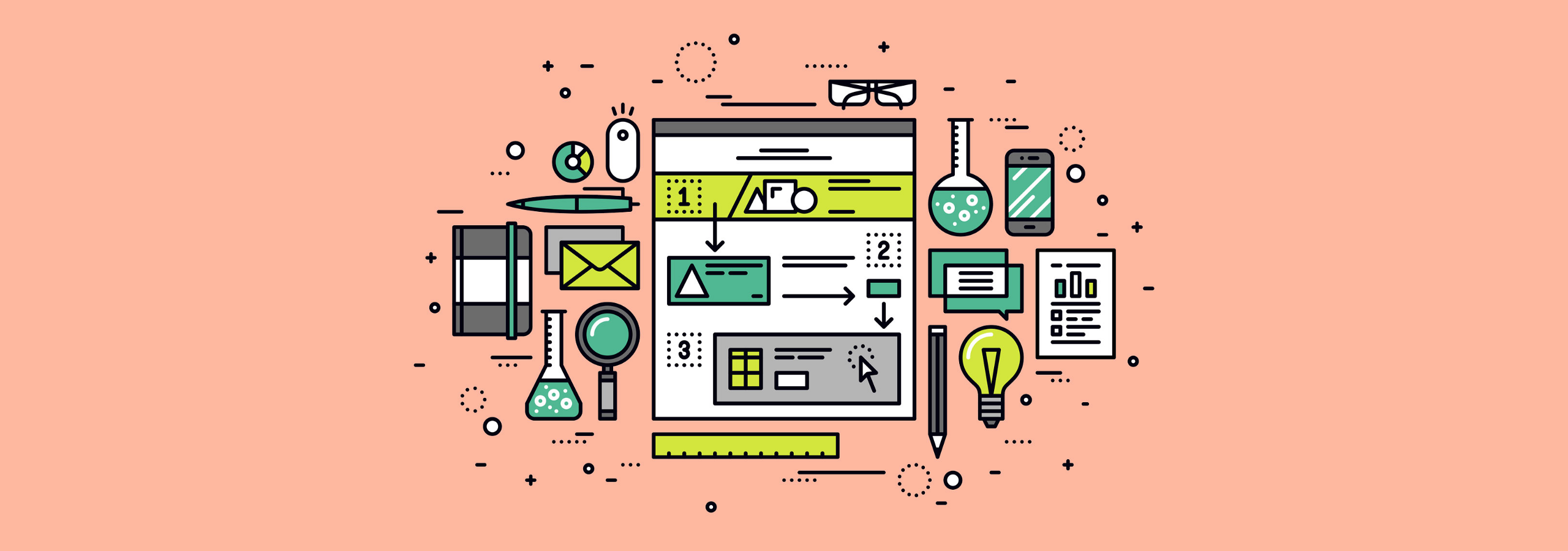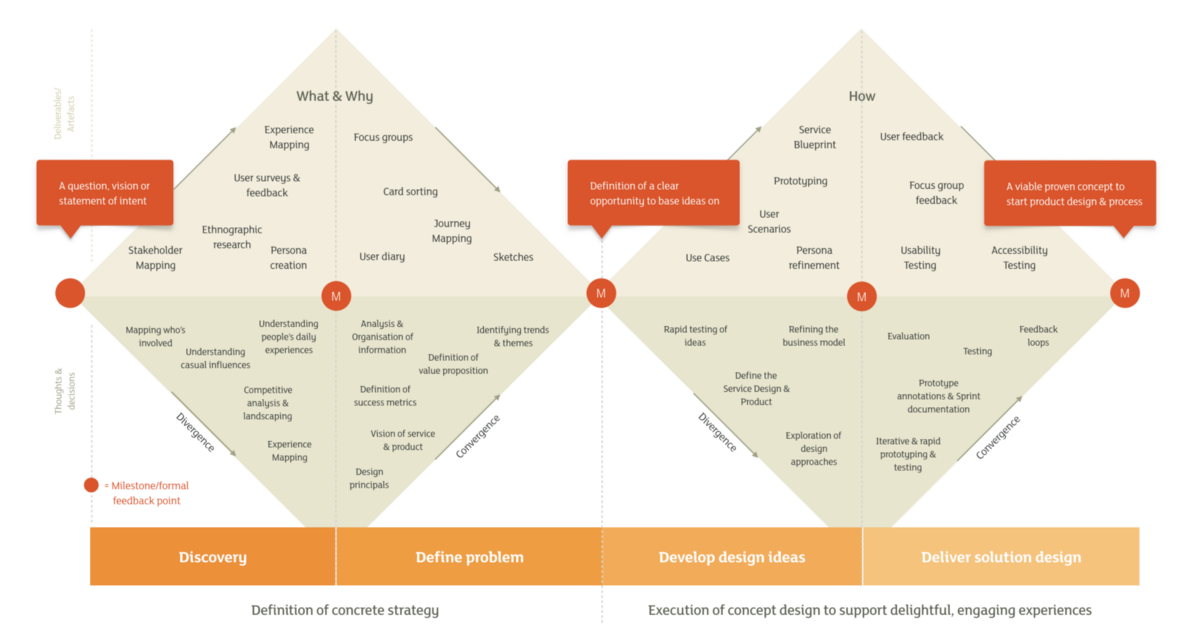
Illustration of design research tools, InVision
In my first story ‘User Experience is …’ I promised that …
"over the course of a few stories, I’ll try and cover a few of the sciences we draw upon in our art as a creative community to create engaging experiences."
In my last story I talked around how User Experience is … Psychology. This time we venture out into the world of research.

Illustration of design research tools, InVision
In this fast paced digital age, there’s a rush to create something amazing, the silver bullet, the next new big thing, something that people hold dear in their lives and can’t live without. Think Amazon, What’sApp, Spotify, Netflix and Facebook (back in the day). The digital products that corner a market so tightly that they become engrained into people’s day.
But how do we know what that is? How do we create something that is so meaningful in today’s world that people will hold our digital product so close to them, that they can’t live without it?
Creating meaningful design requires us to understand people, how they are different, why they are different. But also understand what they will want to do and anticipate exactly when they want to do it, to provide them with a tool that makes their lives easier. But how can we do that?
We’re not Astrologists, tarot readers or clairvoyants. We don’t have a mystic ball like Mystic Meg. Heck, if we did we’d probably have won the lottery and not be designers … actually who are we kidding, design isn’t a job, it’s a way of life. So we’d still be trying to solve problems or wanting to create something.
The point here is that we can only understand others through spending time with them, talking to them and understanding them, that’s research. Hopefully you’ll get a basic understanding of the user research methods and techniques we use at Sainsbury’s with our colleagues and customers, in order to better understand them and provide the business with empathy for them and their needs, in this short 6 min story.
A design product is created following a series of decisions. Making decisions is relatively easy, make the right decisions is a little more tricky. Often we can only make the decision that is right at the time, with the knowledge we have in a lean and agile world. So making sure the right decisions get made in organisations can be tricky. But take heart. You’ll have more influence by taking the opportunity to understand the organisation’s motivations, colleagues and customers.
Research can take opinions, assumptions and stereotypes and find the golden nuggets of truth. Providing everyone with the a shared insight to feel comfortable making the right decisions, at any level. These decisions become no brainers and common sense, due to insight the research delivers, the empathy it provides and the problems it unearths.
Research comes from the world of scientific enquiry and academia, where it’s used for systematic inquiry and so, as you’d expect, comes with some guide rails and a process to follow. This provides us with a solid scientific method into our creative arsenal.
Whether the research requires a month or a single morning, following the same process will ensure solid insight from your efforts:

Double Diamond design framework including research methods
And lastly, I’ll finish on a quote from Jane Fulton Suri, Creative Director at IDEO:
Design research both inspires imagination and informs intuition through a variety of methods with related intents: to expose patterns underlying the rich reality of people’s behaviours and experiences, to explore reactions to probes and prototypes, and to shed light on the unknown through iterative hypothesis and experiment.
Jane Fulton Suri, Creative Director at IDEO
As mentioned design research isn’t anything new. Design research started off as the study of design itself, its purpose and processes. These days it’s more popularly known as part of the design process. If you want to find out more, why not check out these links:
So there’s a quick skip through user research, by no means comprehensive but hopefully a good quick insight. But for me, I’m going to be turning my head back to Psychology and focussing in on the specific area of Behavioural Economics and how this can be used in User Experience. Looking at how Experience is … Behavioural Economics.
Originally written as part of the ‘User Experience is …’ series for UX Collective.